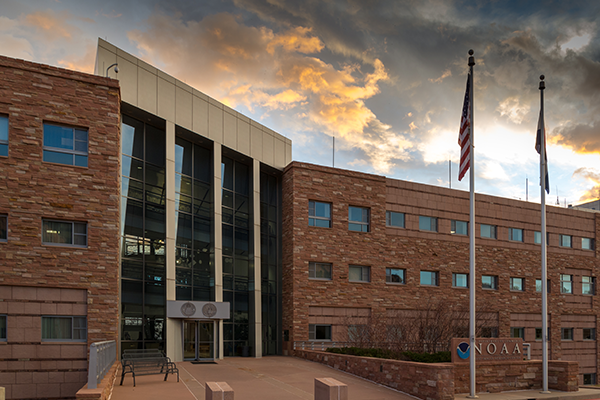
Winter storm conditions leading to excessive runoff above Oroville Dam during January and February 2017
Allen White
Tuesday, May 01, 2018, 2:00 pm
DSRC Room 2A305
Abstract
PSL is nearing the end of its second 5-year agreement with the California Department of Water Resources (DWR). Our primary task was to design, install, operate, and maintain a 21st-century observing network to bear on the state's water resource and flood protection issues. The joint project between DWR, PSL, and the Scripps Institution of Oceanography is part of DWR's Enhanced Flood Response and Emergency Preparedness (EFREP) program. The underlying goal of EFREP is to improve forecasts and warnings of high impact precipitation events, through improved process understanding, verification of model forecasts, and better forecaster situational awareness. This enhanced statewide observing network was operating during the winter of 2016-17, when California experienced numerous heavy precipitation events linked to landfalling atmospheric rivers (ARs) that filled reservoirs and ended a severe, multi-year drought. These events also caused floods, mudslides, and debris flows, resulting in major socioeconomic disruptions. During 2–12 February 2017, persistent heavy precipitation in the northern Sierra Nevada culminated in a rapid increase in the water level on Lake Oroville, necessitating the activation of an emergency spillway for the first time since the Oroville Dam was installed in 1968 and forcing the evacuation of 188,000 people. The precipitation, which mostly fell as rain due to elevated freezing levels, was focused on the western slope of the Sierra Nevada in connection with orographic forcing linked to two successive ARs. Heavy rain fell on saturated soils and a snowpack produced by antecedent storms and thereby resulted in excessive runoff into Lake Oroville that threatened the dam’s safety and complicated reservoir operations.
You must provide an accepted form of identification at the Visitor Center to obtain a vistor badge. Security personnel also inspect vehicles prior to entrance of the site. Please allow extra time for these procedures.
After receiving a badge, you must arrive at the DSRC Lobby at least 5 minutes before the seminar starts to meet your security escort. If you arrive after that time, you will not be allowed entry.
Foreign Nationals: Please email the seminar contact at least 48 hours prior to the seminar to provide additional information required for security purposes.
Seminar Contact: richard.lataitis@noaa.gov